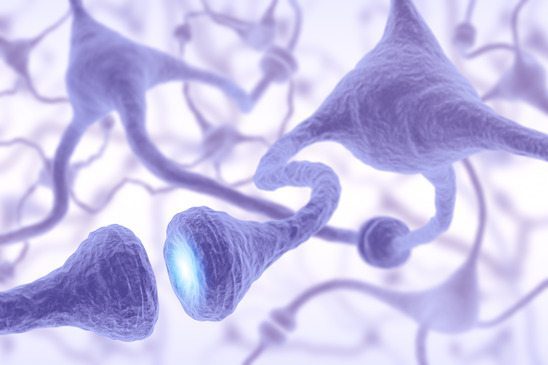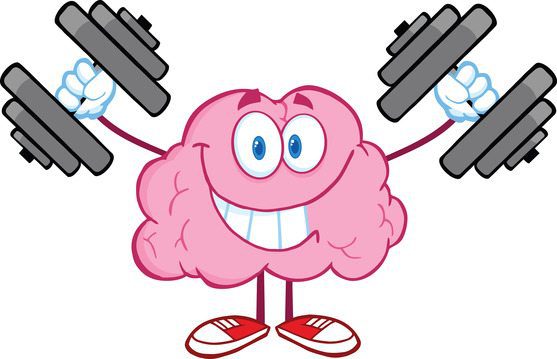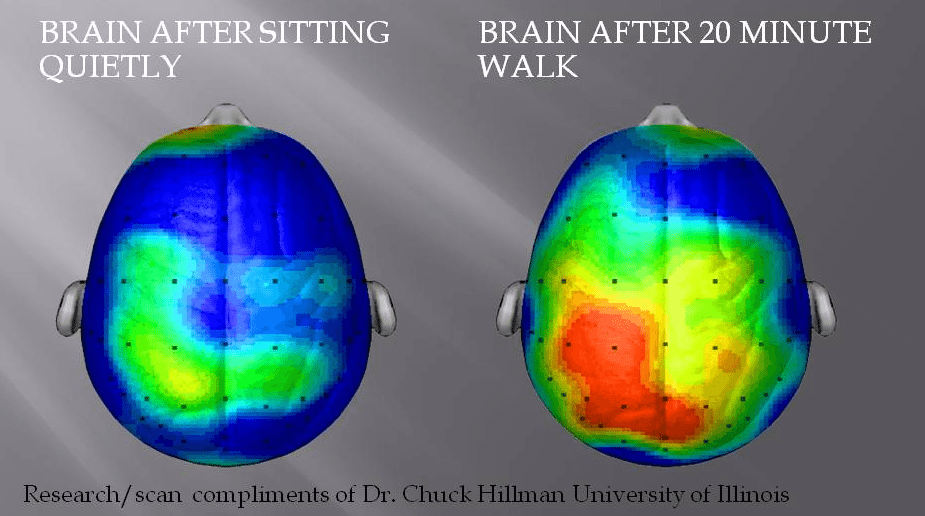POSITIVE THINKING QUOTE:
Sometimes the bad things
that happen in our life
put us on a direct path
to the very – BEST –
times in our life
when we keep on believing.
EXTRA INSPIRATION:
During the tough times, it’s important to keep believing that better days are ahead. In fact, it’s a positive, faithful attitude that brings them to you. Being a positive person doesn’t mean you or your life are will always be perfect. Without hardships we couldn’t truly and fully appreciate our best days.
When we keep believing in our dreams and in our success, tough times WILL pave the way for our best life. They will equip us with a deeper level of knowledge, experience and wisdom. This is the purpose of the school of LIFE – to allow us to grow into our fullest potential.
So, during the tough times, affirm that it will set you up for the BEST times in your life. Listen to your intuition, connect with divine energy (however you choose) and look and focus on solutions.
ACTIONABLE AFFIRMATION:
Challenges summon my will and bring me to a higher level of victory!
DAILY INSPIRATION:
For more positive thinking quotes and daily inspiration follow Power of Positivity on FB and Subscribe to our website.







 By monitoring and controlling your breath, stretching your body, or using another activity such as mindful walking or
By monitoring and controlling your breath, stretching your body, or using another activity such as mindful walking or  By bringing more attention to relationships, we can more
By bringing more attention to relationships, we can more




